Fifteen months into Putin’s second invasion of Ukraine—and just eight months away from what increasingly looks like a second Biden–Trump election showdown—partisans on both sides are trying fix the blame for the largest, bloodiest, costliest war to scar Europe since 1939. There’s plenty of blame to go around, but the central cause of this war is hiding in plain sight.
Biden
President Joe Biden could have done more to deter Vladimir Putin and less to tempt him. The chaotic way Biden pulled U.S. forces out of Afghanistan in late 2021 sent a terrible signal to Putin. Just as bad, the pullout undermined the unity of the NATO alliance. NATO allies were not consulted so much they were notified that Biden was moving forward with President Donald Trump’s pullout plans. Too many Americans forget or are unaware that as Afghan operations came to a close—20 years after al-Qaeda’s attacks on America’s largest city and America’s military headquarters—74 percent of the foreign troops deployed in the country that spawned 9/11 were not American.
This explains why some openly worried that the U.S. withdrawal would do serious damage to NATO’s unity and credibility. “It is the biggest debacle that NATO has suffered since its founding,” said a senior German official.
Still, the Biden administration did many things right on the eve of Putin’s second invasion of Ukraine, including: sharing intelligence about the invasion with Kiev in December 2021 and then publicizing it in early 2022; rushing antitank missiles and other defensive weapons to Ukraine before February 24; and shoring up NATO’s eastern flank by dusting off the old playbook of deterrence and deploying defensive assets to Poland, the Baltics, Romania and the Mediterranean.
Trump and Obama
Deterrence—what President Ronald Reagan called “peace through strength”—is more prudent, more effective, less costly in blood and treasure, more just, and more morally sound than the alternatives: peace through hope and crossed fingers, peace through scorched-earth violence, peace through submission. While the Biden administration’s policies have deterred Putin from extending his war into Eastern Europe, they weren’t able to deter Putin’s assault on Ukraine. One major reason why is that deterrence doesn’t happen with the flick of a switch or the inauguration of a president. Credible deterrence requires credible policies and credible words backed by credible force. By word and deed, the Trump-Obama years badly eroded each of those elements of deterrence vis-à-vis Putin’s Russia.
Trump often touts his relationship with Putin and his ability to keep Putin at bay. But it’s hard to credit Trump for preventing war in Ukraine given that Trump undermined the one thing Putin respects: the military deterrent embodied by NATO. Recall that Trump dismissed NATO as “obsolete” and suggested he would come to the defense of NATO members under attack—an ironclad requirement of the North Atlantic Treaty—only if they had “fulfilled their obligations to us.” Worse, he deleted language from his 2017 NATO speech reaffirming America’s commitment to NATO’s all-for-one defense clause. Doubly worse, he privately and publicly threatened to pull the U.S. out of NATO. In 2020, he ordered the withdrawal of 12,000 U.S. troops from Germany.
Just as Trump eroded the credibility of America’s commitment to NATO, his predecessor whittled away many of the tools representing that commitment.
It was President Barack Obama who ordered the Pentagon to cut $487 billion from its spending plans, and it was the Obama administration that proposed $1 trillion in cuts—divided between defense and certain domestic programs—known as sequestration. As Gen. James Mattis put it, sequestration was “a mechanism meant to be so injurious to the military it would never go into effect.” But a special congressional committee charged with deficit reduction couldn’t agree on spending cuts, and sequestration came down like a guillotine on America’s military. Sequestration would lop off $500 billion in planned defense spending—in addition to the initial $487 billion in cuts.
“No enemy in the field has done more to harm the readiness of our military than sequestration,” Mattis concluded. The Air Force stood down 31 squadrons. In 2011, the Army’s active-duty end strength was 566,000; after sequestration, it was 476,000. Sequestration grounded half of the Marines’ fixed-wing fighters. The situation was so dire that, incredibly, Marine aviation units were reduced to salvaging aircraft parts from museums to keep planes flying. Sequestration left 53 percent of Navy aircraft unable to fly—double the historic average—and left America with just 277 active deployable ships. By way of context, then-CNO Adm. Jonathan Greenert reported in 2014: “For us to meet what combatant commanders request, we need a Navy of 450 ships.”
Between 2011 and 2013, the Obama administration withdrew all of America’s heavy armor from Europe (marking the first time since 1944 Europe was left unprotected by American tanks), deactivated the Navy’s North Atlantic-focused 2nd Fleet and shuttered the Army’s Germany-based V Corps. And in 2014, after Putin’s first invasion of Ukraine and seizure of Crimea, the Obama administration sent Kiev non-lethal aid. Ukrainian President Petro Poroshenko’s damning response: “One cannot win the war with blankets.”
George W. Bush
During their first meeting in 2001, Putin told President George W. Bush a story about a religious medallion his mother kept to protect her family. Afterwards, at the post-summit press conference, Bush said of Putin, affirmingly, “I was able to get a sense of his soul.”
In reality, Putin, the KGB operative, was exploiting and leveraging Bush 43’s religious beliefs. Just as Putin would later play on Trump’s ego, the Russian dictator had studied his target and played on Bush 43’s faith. This serves as a reminder that in dealing with a world that wishes us harm, Christ directs His followers to be as shrewd, as cunning, as ready vipers.
In an indication that he had learned what Putin really was, Bush 43 in the final year of his presidency urged NATO to accept the membership applications of Ukraine and Georgia—an effort blocked by Germany and France. Four months later, Putin invaded Georgia. He was deprived of his objective—toppling Georgia’s pro-Western government and taking Tbilisi—because Bush ordered the U.S. Air Force to transport thousands of Georgian troops from Iraq to Georgia.
Clinton
In June 1999, Putin was director of the Russian Security Council; he would replace Boris Yeltsin as president by the end of the year. But before then, in the middle of NATO’s efforts to protect Kosovo from Slobodan Milosevic’s war of ethnic cleansing, Putin nearly triggered a NATO-Russia conflict. Putin hatched a surprise deployment of Russian troops into an area where NATO peacekeepers were headed. Putin’s stunt offered a glimpse of what was to come, exposed fissures within NATO, and went largely unanswered by Washington.
Turning back to Ukraine, President Bill Clinton recently expressed remorse for pressuring Kiev to transfer its nuclear arsenal to Russia in 1994, in exchange for signing an agreement that committed all signatories—the U.S., Britain, Russia—“to seek immediate United Nations Security Council action to provide assistance to Ukraine” in the event of an attack. Of course, as a permanent UNSC member, Russia could always block such “action.”
“I feel a personal stake because I got them to agree to give up their nuclear weapons,” Clinton said. “They were afraid to give them up because they thought that’s the only thing that protected them from an expansionist Russia.”
The Ukrainians were right. The U.S.-U.K. failure to help Ukraine in 2014 set the stage for 2022. It also made the cause of nuclear non-proliferation harder. From allies such as South Korea and Japan, to enemies such as Iran and North Korea, Ukraine serves as an object lesson of the deterrent power of nuclear weapons—and the danger of not having them.
George H.W. Bush
On August 1, 1991, President George H.W. Bush traveled to Kiev and warned Ukrainian leaders against “suicidal nationalism.” Focused on stability, Gorbachev and U.S.-Soviet relations, he added that “freedom is not the same as independence.”
That speech didn’t age well. In fact, just 17 days after Bush 41’s visit to Kiev, Soviet hardliners would launch a coup aimed at salvaging Lenin’s artificial union. But the only thing their bungled coup did was accelerate the disintegration of the USSR—and the liberation of Ukraine and other captive nations. Before the end of August 1991, Ukraine would declare independence. That December, the Ukrainian people overwhelmingly ratified that declaration.
Doubtless, Bush 41’s words would reverberate in Moscow and Kiev.
Putin
Every president who served between 1991 and 2021 could have done or said something differently in relation to Ukraine and/or Putin. Yet blaming Bush 41’s words of caution, or Clinton’s desire to consolidate the USSR’s far-flung nuclear arsenal, or Bush 43’s misreading of Putin’s soul, or Obama’s defense cuts, or Trump’s diminution of NATO, or Biden’s debacle in Kabul, seems akin to blaming the police for not doing enough to prevent a crime, while absolving the criminal who actually commits the crime.
To be sure, it’s troubling that somewhere along the way, Americans began electing presidents who ignored the lessons of Munich, who abandoned peace through strength, who believed America could “lead from behind,” who viewed standing up for freedom and standing against thuggery as “a tremendous disservice…to humanity,” who sold soothing bromides about “nation building here at home,” who said it was prudent “to focus on ourselves.” But the blame for this war lies with Putin—not Biden or Trump, not Obama or Bush 43, not Clinton or Bush 41, not NATO or the EU, and certainly not Ukraine.
In his major statements about Ukraine, his up-is-down view of post-Cold War history, his gun-to-the-head December diktat, his labeling Ukraine Novorossyia, Putin made clear that he was focused on reconstituting the Russian Empire and that he rejected Ukraine as a sovereign nation-state. Put another way: As long as Ukraine was outside the protective shield of NATO, it was in Putin’s crosshairs (hence Bush 43’s efforts in 2008). As Joint Chiefs Chairman Gen. Mark Milley observes, “Short of the commitment of U.S. military forces into Ukraine proper, I’m not sure he was deterrable.” Indeed, anything less than American-crewed armor on Ukrainian soil—an impossible sell in the Washington of 2009-21—wasn’t going to stop Putin from attempting his latter-day Anschluss.
Putin—not Washington—is to blame for this war. Because of his brutal means and awful ends, America has a moral duty and a strategic interest in helping the Ukrainian people secure what they define as victory.
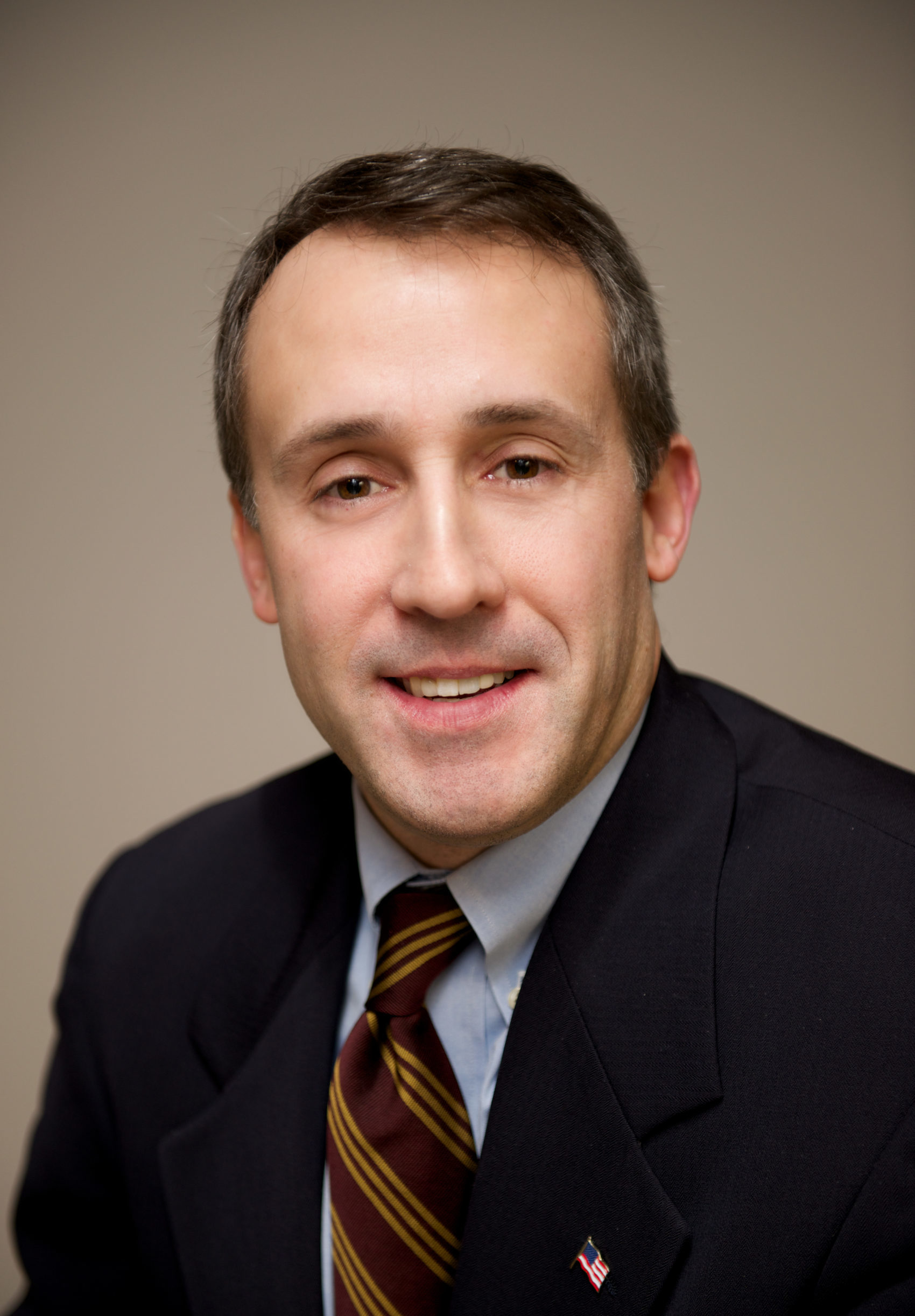
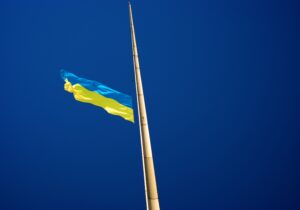
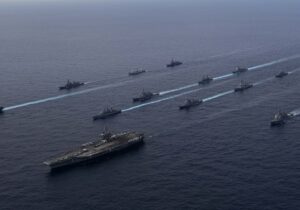
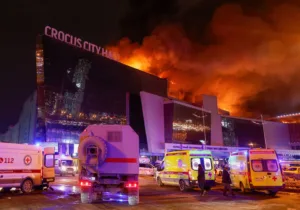
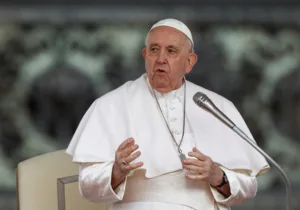
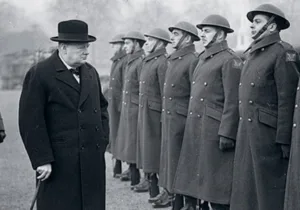

 Sponsor a student for Christianity & National Security 2024
Sponsor a student for Christianity & National Security 2024